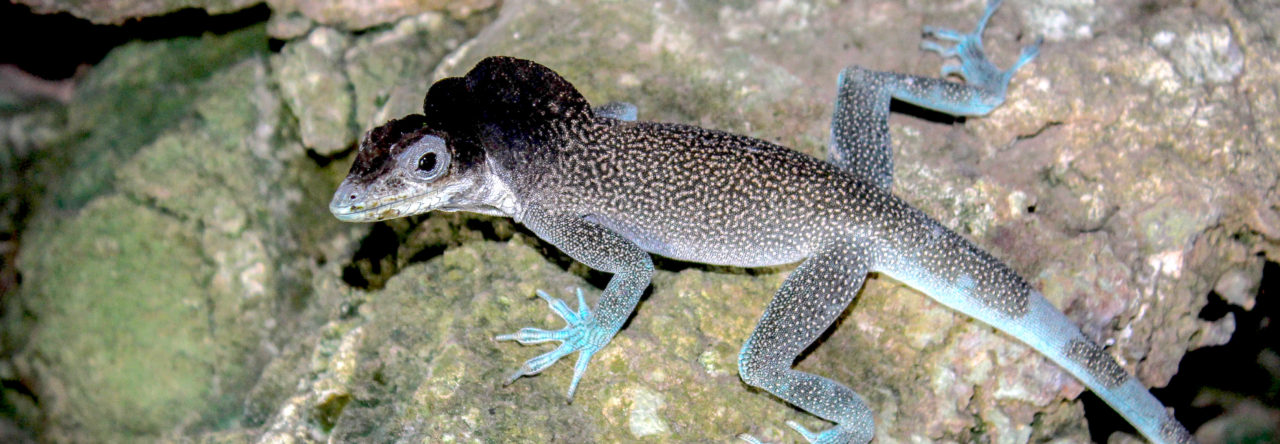Rich Glor recently put up a fascinating post on the enormous number of Anolis specimens deposited in the natural history museum at the University of Kansas, which got me thinking: which natural history museums house the most anole specimens? I’ve got the answer (you can, too, if you go to Herpnet, but what fun is that?): Who can name the top five? One caveat: apparently the holdings from the University of Michigan Museum of Zoology are not available. I supplemented my studies by going to the British Museum’s website, and I think all the other major players are on Herpnet, though would welcome news to the contrary.
So, here’s a bit of information, a hint of sorts: the leading institution has nearly twice as many specimens as the second place depository, which in turn has more than half again as many as the third, which is barely ahead of the fourth and the fifth.
And here’s something else: very few museums have any specimens registered under the generic name Norops. I’m not saying that the proposal to split Anolis into multiple genera is dead (see here), but clearly it didn’t get a lot of traction in the museum world. Oddly, though, one of the bastion’s of anti-Norops sentiment, the Museum of Comparative Zoology, has 75 Norops. We’ll have to see how long that stands.
Any way, have at it. Top 5: Which are they?
- Evolution in Real Time on Lizard Island - March 23, 2025
- Spider Snags Adult Anolis osa - March 22, 2025
- An Homage to the Green Anoles of New Orleans - March 21, 2025


geneva
I made a table of these data for my ANSP post, so I’ll abstain. My guess is that 4 and 5 will be the hardest to guess, although they seem obvious after the fact.
Tony Gamble
1. MCZ
2. KU
3. USNM
4. AMNH
5. FLMNH
Jonathan Losos
Tony got it just right. Here the rankings are, straight from HerpNet:
1. Museum of Comparative Zoology, Harvard: 49,942
2. Kansas University Museum of Natural History: 27,854
3. National Museum of Natural History, Smithsonian Institution: 17,337
4. American Museum of Natural History: 13,372
5. Florida Museum of Natural History: 11890
J James
Beta anoles? Assuming the Norops data were unique (not duplicates), add 75 to MCZ , 50 to KU and 23 to FLNMH . Poe notwithstanding, the Los Angeles County Natural History Museum seems most proactive on the Guyer and Savage classification showing 5497 Anolis and 2097 Norops. When comparing HerpNet with the limited instution-maintained data sources, Smithsonian showed Anolis at a 5,000 count, but this may be the result of a limitation imposed by the database web interface(?). NHM (data not on HerpNet?) showed 1050 + 22 = 1077.
James Lazell
Whew! If Number One had not been MCZ I would have felt a failure. “Norops” is pet-trade nonsense. Onwards…. Skip
J James
Understand nonsense, but, whatever named, they’re on the shelf, eh?. Pauley and Camacho have 2097 thusly (mis)classified. Thought maybe grahami, sagrei or laeviventris (per Nicholson [2002])? Nope. Find 582 limifrons, 475 humilis and 301 polylepis among the count, collected between 1959 and 2009. Resend the memo?